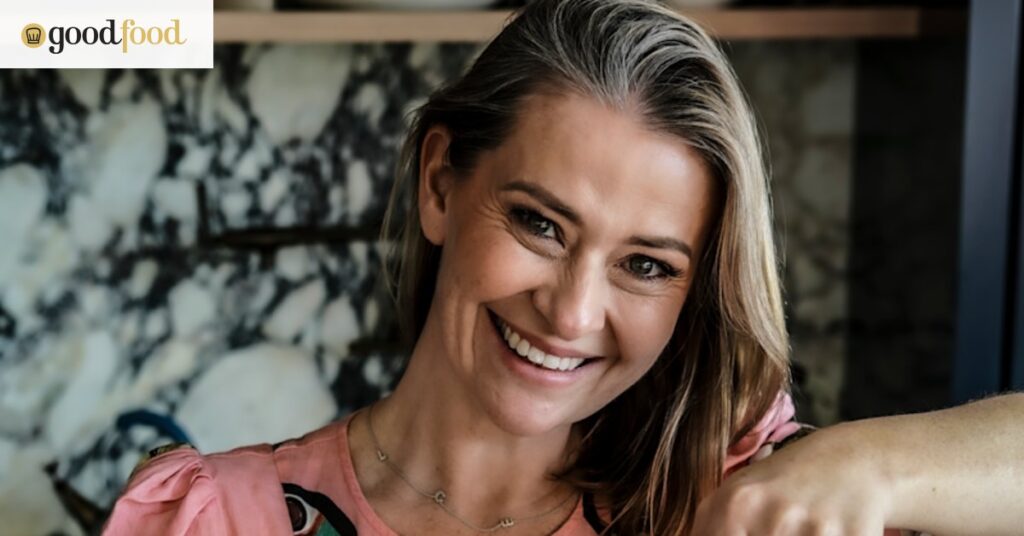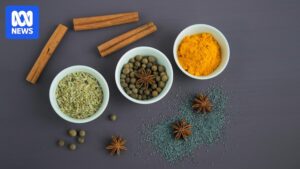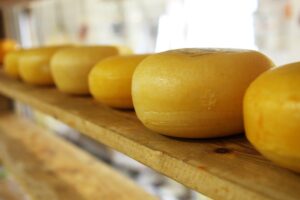
Recipe writer, stylist, and photographer Katrina Meynink has a unique ability to transform even the simplest dishes into visual masterpieces. On November 6, 2025, Meynink shared her insights on how to enhance the flavor, color, and texture of everyday meals without the need for professional kitchen tools or extensive time commitments.
Meynink’s philosophy is rooted in the belief that we eat with our eyes first. “When food looks good, it just tastes better,” she explains. “It’s science, it’s psychology, it’s the way your brain lights up before your fork even hits the plate.” Her approach focuses on simple yet effective techniques that can elevate a Tuesday night bowl of bolognese into something special.
The Art of Imperfection
One of Meynink’s key principles is embracing imperfection. “Perfection is awful,” she states. “It’s sterile, restrictive, and stressful.” Instead, she advocates for a style she calls “controlled chaos,” where herbs are torn rather than meticulously chopped, and condiments are drizzled with carefree abandon. This approach, she argues, adds a sense of authenticity and warmth to home-cooked meals.
“Every time I add herbs to a plate, I don’t think; I just let them fall,” Meynink shares. “This casual scatter will look better every time than contrived, finely chopped greenery.”
Color and Contrast
According to Meynink, color is a crucial element in food styling. “Nature is a show-off, and produce is her medium,” she notes. To add visual interest to dishes that may be predominantly beige or brown, such as risotto or beef stew, she suggests incorporating vibrant elements like chopped herbs, a slick of olive oil with chili, or pomegranate seeds.
Layering colors can bring dimension to a dish. Meynink advises using complementary colors to create depth and interest. “Think purples against greens, burnt oranges with creamy whites, black sesame over bright yellow yolk,” she suggests. However, she cautions that restraint is key to avoid overwhelming the plate.
The Power of Texture
Great food styling is not only about appearance but also about texture. Meynink emphasizes the importance of contrasting textures, such as pairing soft whipped feta with crisp-edged roasted vegetables or silky pasta with toasted breadcrumbs. “Texture is the punctuation of your dish — the full stop, the comma, an exclamation,” she explains.
For example, when serving roasted vegetables, Meynink recommends adding a drizzle of tahini sauce, a dollop of Greek yogurt, and a sprinkle of dukkah or crispy shallots. This layering of textures can transform a simple dish into something extraordinary.
Composition and Presentation
Style is not just about what you serve, but how you serve it. Meynink encourages home cooks to think about the composition of their dishes. “Height works,” she says. “Flat food is sad food, so always try to stack, layer, or lean to give your dish a bit of a lift.”
She also highlights the importance of the rule of odds, where foods in odd numbers tend to look more appealing. “Think three roasted carrots, five radish slices, one heroic meatball,” she suggests. Additionally, she advises against overfilling plates, as negative space can add elegance to the presentation.
Your Styling Toolkit
Meynink offers practical advice on tools that can aid in food styling. A good spoon for swooshing and dolloping, a Microplane for zesting, and a little bowl of flaky salt are essentials in her toolkit. She also emphasizes the importance of having a decent flat plate or bowl and, most importantly, a sense of humor.
With these tips, Meynink encourages home cooks to embrace their inner artist and experiment with food styling. “Now go forth and scatter sesame seeds with flair,” she concludes. “Your dinner deserves it.”
Katrina Meynink is a cookbook author and Good Food recipe columnist. Connect with her via Twitter for more culinary inspiration.






